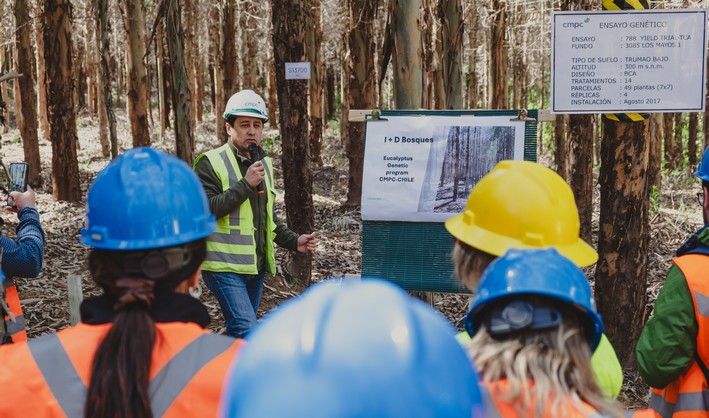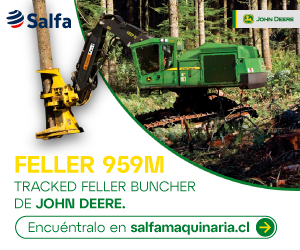Second-Growth Forests: A Strategic Opportunity for Sustainable Forestry Development in Chile
The president of Aprobosque, José Carter, placed the relevance of second-growth forests at the center of the debate as a key resource to address Chile's current timber supply crisis. With a technical and strategic perspective, Carter called on Conversando con la Acoforag to take this type of second-generation native forest seriously, describing it as a "tremendous opportunity" for the development of small and medium-sized forestry enterprises.
"We must always start with the least complex, and second-growth forests represent just that," Carter stated, highlighting that these forests—which mostly emerge after fires, land abandonment, or natural phenomena—have a less diverse and more homogeneous structure, making them technically more manageable. "They are very similar to planted forests because the trees are of similar ages and dominant species, though they originated naturally rather than through human intervention," he explained.
Over One Million Hectares with Potential
The industry leader supported his claims with a series of studies conducted since 2003, including research by his own organization and the Forestry Institute (INFOR), which have demonstrated the enormous potential of second-growth forests in southern Chile. A recent report by academic Patricio Toledo estimated at least one million productive hectares of second-growth forests with species like Roble-Raulí-Coigüe and Coigüe-Raulí-Tepa, concentrated near populated areas and with good connectivity, facilitating their management.
For Carter, this figure is significant: "It's as if the entire Los Ríos Region were covered by second-growth forests. This is a resource we can no longer afford to ignore."
Productive Chain: From Forest to Housing
Beyond the diagnosis, Carter emphasized the value of productively leveraging this resource. "If we apply sustainable management, harvesting only the annual growth of these forests, we're talking about 8 million cubic meters per year," he specified. Of that volume, 3.2 million could be allocated to industrial uses, such as high-value structural or solid wood.
According to his estimates, that timber could, for example, build over 110,000 wooden houses of 60 square meters annually. Additionally, 40% of the remaining volume could supply up to 10 OSB panel plants, like the one in Panguipulli, using inputs sourced exclusively from the forest's annual growth.
The Opportunity for a Renewed Forestry Policy
Carter insisted that it is time for political and technical authorities to pay attention to the potential of second-growth forests as a concrete tool to address timber shortages, boost local bioeconomy, and promote decentralization.
"The country faces a complex supply situation, and here we have a viable alternative—close to communities—that can strengthen both rural employment and the sustainable forestry chain," he concluded.
With an available resource, supporting studies, and figures showing tangible potential, second-growth forests are emerging not as a future option but as an immediate alternative for sustainable forestry development in Chile.
Watch the full interview on our YouTube channel:

















